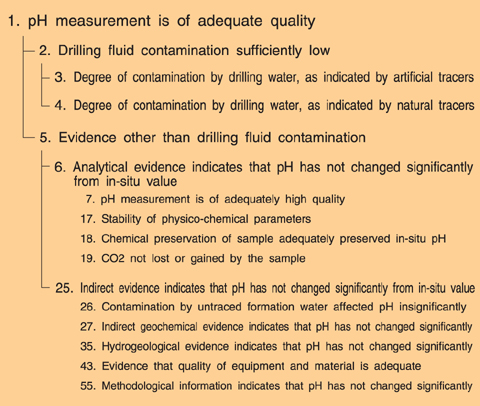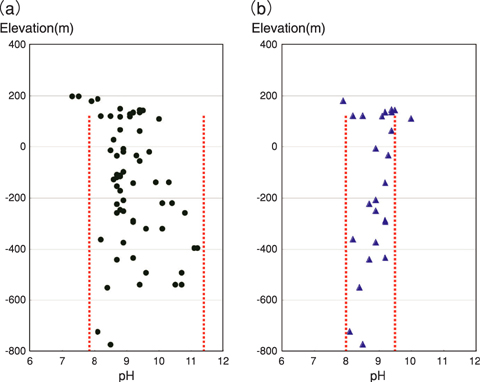
Fig.2-10 A part of process model for assessing accuracy of measured pH value

Fig.2-11 Result of quality assessment of measured pH value
Hydrochemical investigations of deep geological environments for the study of water resources, high-level radioactive waste disposal, etc. have become frequent in recent years. However, the methodology of the hydrochemical investigation and of the quality control differs with each investigation. Therefore, there is a possibility that some problems will occur due to difference of data quality when we use the hydrochemical data of different investigations in common. Development of methodology for selecting hydrochemical data that have enough quality to meet user needs will be useful for solving this problem. This study is aimed at establishing a methodology for quality assessment of chemical data obtained from groundwater samples using a method known as Evidence Support Logic.
The basic operations of ESL are similar to Boolean operations. However, the element "uncertainty" is also used in ESL in addition the "true" and "false" in Boolean operations. Uncertainty in ESL means the probability that a proposition cannot be judged either true or false. One of the main characteristics of ESL is its process model (Fig.2-10). This process model is a hierarchical structure extracting evidence and classifying related items needed to prove a hypothesis. In the case of Fig.2-10, the hypothesis is "measured pH value is the true pH value of groundwater". The process model searches and organizes all elements related to quality of the data given in the proposition. Therefore, it is useful not only for elucidating the process of quality assessment but also for improvement of investigation method by detection of problems with the investigation. The results showed that 23 out of 63 samples satisfied the applied quality criteria. The plotted data from the 23 samples (Fig.2-11 (b)) have a more constant value from the top to the bottom of investigation area (from 8 to 9) than the data from all samples (Fig.2-11 (a)). After low quality data was identified, it was verified that sufficient quality control was not applied, and there was contamination during borehole drilling and on groundwater sampling. These results show that the data which meet the chosen criterion express pH of each depth more precisely.
This study indicates that the quality assessment method demonstrated is applicable to hydrochemical studies and that by thus confirming the sample quality it will be possible to develop a clearer interpretation of the deep underground geochemical environment.